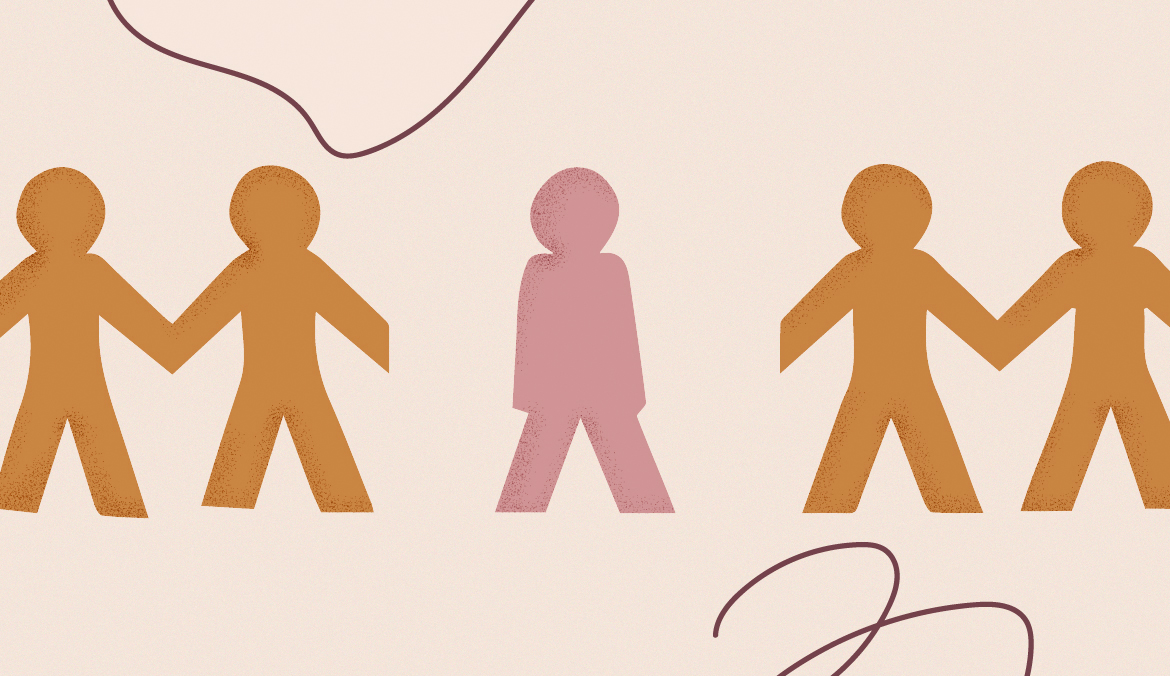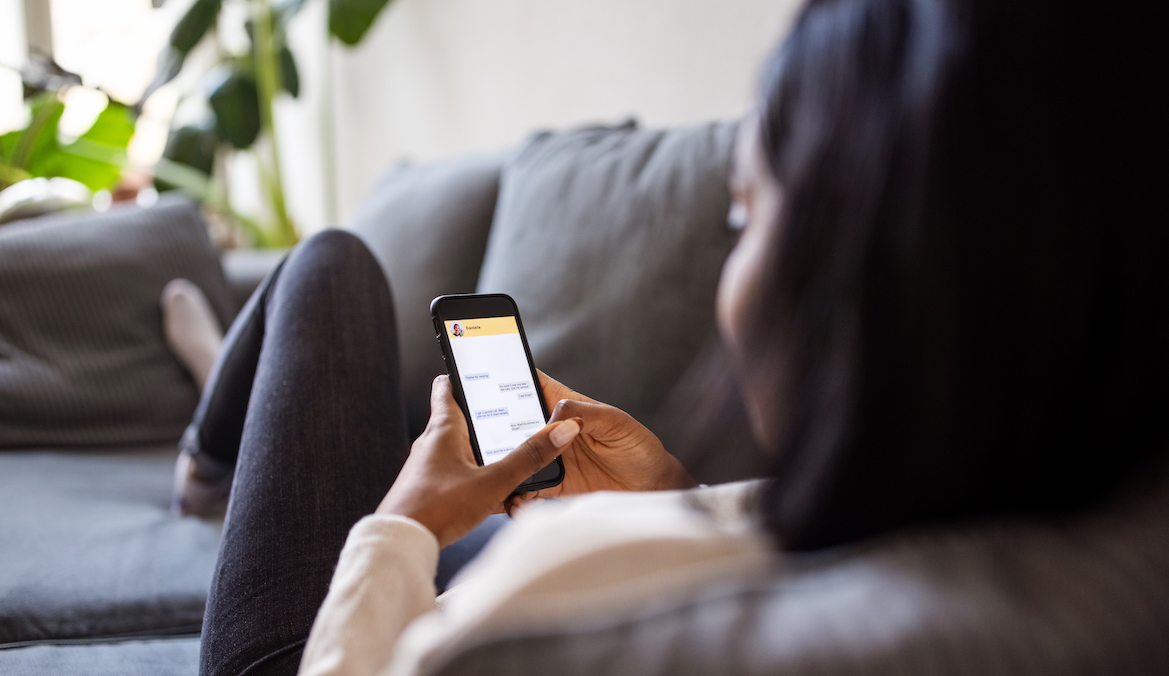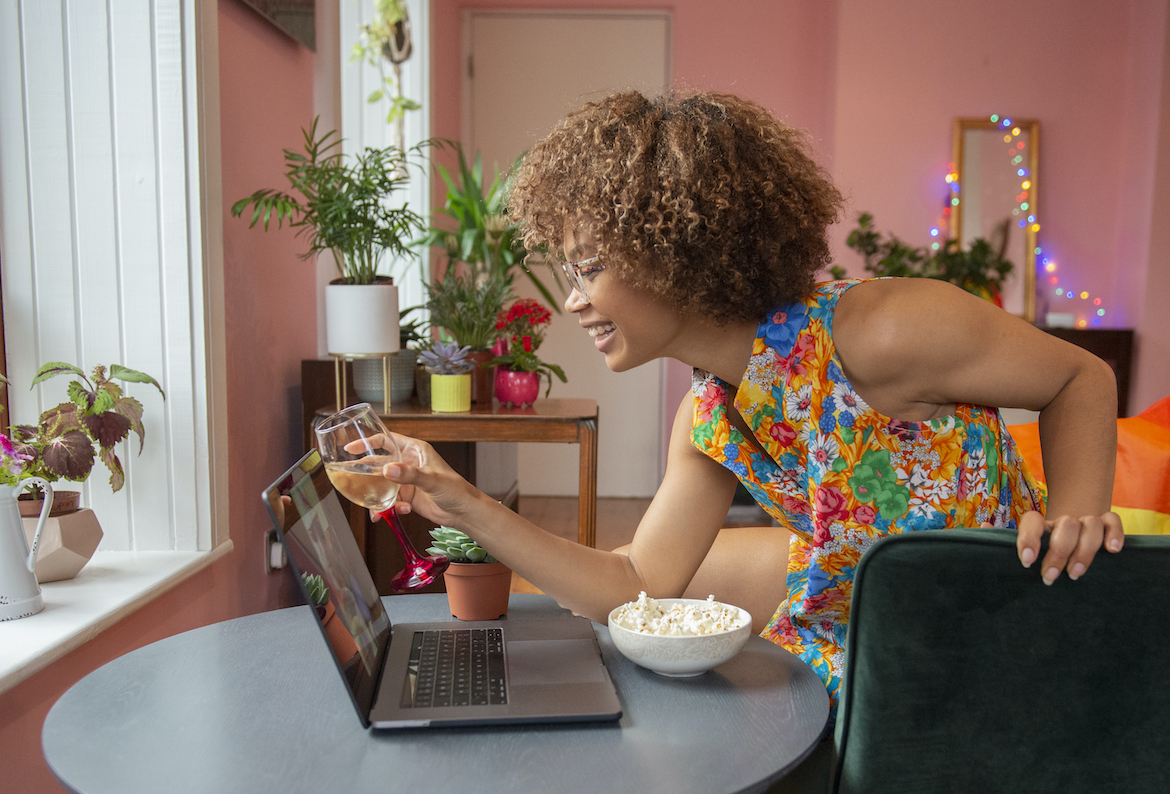The unfortunate truth of the orgasm gap is that for folks with vulvas, climaxing is rarely as easy or quick as the “oh, oh, oh!” portrayal it gets in pop culture. In fact, a 2017 study of over 50,000 people found that only 65 percent of heterosexual people identifying as women report always reaching orgasm after sexual acts, versus 95 percent of heterosexual people identifying as men. And a part of that gap is likely due to the sheer length of time it can take a vulva-owner to orgasm: A separate 2020 study of more than 600 heterosexual vulva-owners who clocked their O-time found an average of about 14 minutes. The good news? That number is variable—and you can figure out how to orgasm fast, if you’d like to make haste.
But first, it’s worth clarifying that the average above is still just that: an average. Some people may only require a handful of penetrative thrusts to board the train to O-land, and others might need quite a bit of time, coupled with stimulation at different erogenous zones. For example, just compare it to the idea of how long it takes to run a marathon. “Even if you tell me the average time is four hours, it might still take me two days,” says Jess O’Reilly, PhD, host of the Sex With Dr. Jess podcast. And let’s not forget that trusty old fable about the tortoise and the hare, because even with orgasms, faster doesn’t always mean better.
In fact, taking your eyes off the clock entirely could put your mind at more ease. And since the brain is a sexual organ, that mindset shift could be the difference between a full-body-quaking orgasm and none at all. “To experience sexual pleasure, the mind needs to be present and be able to focus on the physical sensations taking place,” says certified sex therapist Holly Richmond, PhD. That’s why factors like high stress levels, feelings of anger or disappointment with your partner, a preoccupation with reaching your orgasm, or being otherwise distracted can make climaxing difficult from the jump—whether you have no time or all the time in the world.
That said, we all have places to go and people to see. And if you can’t seem to figure out how to orgasm fast, it’s easy to grow impatient with your body. To that end, read on for the experts’ top tips for having a fast (and fruitful) orgasm on a deadline.
How to orgasm fast, according to the sexperts
1. Get well-acquainted with your own body ahead of time
No matter whether you’re planning to engage in partnered sex or have a solo moment, loving thyself requires knowing thyself. In other words, make like a body cartographer and map out your bits, says Rachel Allyn, PhD, a holistic psychologist and pleasure expert with Allbodies. Some suggestions: Rub your clitoris clockwise and then counterclockwise, diagonally and then side-to-side. Pinch and pull your nipples. Try finding your G-spot with a finger. Touch your own butt.
“Anatomical differences can explain why some women have an easier or harder time experiencing different types of orgasms,” says Dr. Allyn. Even the distance between the clitoris and the urinary opening can determine where you’ll feel the magic and where you just won’t feel, well, much. “The shorter the distance between the two, the more likely a [vulva-owner] is able to have vaginal types of orgasms—like G-spot and cervical—in addition to clitoral,” she adds. So, getting to know your own parts is a necessary prerequisite to making them feel good—and fast.
2. Find a vibrator you love, and put it to good use
To help you along the path toward self-exploration, you might enlist a tool that, unlike another person, is not operating with a time or energy limit. “Vibrators are simply able to move at constant speed and intensity in a way that a hand or finger is not,” says sexologist Jill McDevitt, PhD, who recommends a toy like the The Miracle Massager as a great first vibrator.
In particular, Dr. McDevitt also suggests using a toy to experiment with edging, aka prolonging an orgasm. Edging entails “building yourself up to orgasm, but backing off before the actual orgasm,” she says. Not only can this lead to longer, stronger orgasms when you do let them happen, but it also “teaches you to focus on the hot sensation of the buildup, and allows you to be okay with the ‘goal’ being prolonged.”
3. Communicate with a partner
Now that you know good and well what you like, don’t force a partner to guess. Start the conversation about what you like when you’re outside the bedroom, before you’ve started engaging in the act. “Most partners find enormous pleasure in the pleasure of their partner, and they willingly and readily accept this guidance,” says Dr. Richmond.
Plus, open communication may lead your partner to share what they like in bed, too. (Goodbye guessing games; hello, mutual satisfaction.) Not to mention, you can also keep the conversation going once the sex acts start by experimenting with dirty talk.
4. Do something intimate before sex
Sure, this may sound like additional work on both of your parts, but it’s really just making the conscious choice to shift your mind from TV-land or work mode or whatever else might be happening during your day to something a little more classically sexy. “Having an intimate moment before sex can help you feel turned on more easily,” says sexologist Rebecca Alvarez Story, founder of the intimacy marketplace Bloomi: “For example, having a glass of wine together, taking a bath together, or reading erotica to one another can help you feel more aroused from the start, making you more likely to orgasm faster.”
5. Get focused on the clitoris
If you’ve gotten explorative with solo play, you may have found that you don’t need much in-and-out to feel some type of way. That’s because, for most vulva-owners, the easiest type of orgasm to reach is the external clitoral one, says human sexuality professor Zhana Vrangalova, PhD. “The external clitoris is the part of the body that contains the greatest density of nerve endings that, when stimulated, can lead to pleasure,” she says.
To really zoom in on the clitoris, try incorporating a targeting sex toy into your sex play, like the Zumio S and it’s rotational wonders or the to-the-point Maude Vibe, or even a suction toy like Unbound’s Puff, which is practically optimized for clitoral stimulation.
“You could always give yourself or ask your partner to give you a quick clitoral orgasm at the start of sex or during foreplay,” says Story. “This will create a surge of oxytocin (the bonding hormone) that will make you feel ‘sex high’ throughout the rest of the session. Multiple orgasms are a lot easier for people with vulvas than they are for people with penises, so don’t assume you just need one big one with penetrative sex,” she says.
6. Teach a partner how to do the Kivin Method for climax
Amping up the oral part of any sexual experience can also help you orgasm faster. And one surefire way to do that is to incorporate the Kivin Method. Though it’s deceptively simple—it’s all about flipping things on their side—it packs a big punch for the unique way it can stimulate the clitoris.
“Instead of being licked up and down, which would miss out on stimulating the crura and bulbs (the arms and legs of the clitoris), licking occurs lengthways with the Kivin Method, meaning that stimulation is spread over a larger surface area,” sex and relationship therapist Annabelle Knight previously told Well+ Health. This simple switch can be so powerful that some folks with vulvas have reported climaxing from the Kivin Method in three minutes flat.
7. Stimulate multiple erogenous zones at once
“Many women enjoy heightened pleasure when their partner can do two things at once—kiss sensually and touch her clitoris, or stimulate her breasts orally and use a hand inside of her,” says Story. (Essentially, for some people, more really is more.) If a partner can successfully multitask, you’re not only more likely to orgasm faster, but you may also be able to mix up your sex life with the exquisite blended orgasm. Just like it sounds, that simply means you’re having not one but two or more orgasms simultaneously at different erogenous zones.
8. Invest in a good arousal oil
“A good arousal oil can help to increase circulation, promote vaginal wetness, and overall help you orgasm faster and stronger,” says Story. It’s basically a lovely little aphrodisiac in a bottle. One option we love? Bloomi Arousal Oil, a clean botanical mixture that can help you climb up to your climax way quicker when you use it before or during outerplay.
9. Practice mindfulness in the moment
Tuning into all the things you might feel while you’re having sex has the effect of shifting your brain’s attention to physical sensations, and in turn, cranking up their intensity. As noted above, that’s because the brain is deeply involved in the experience of sex and pleasure, with stimulation actually activating particular brain regions.
According to Dr. McDevitt, there’s no wrong way to practice mindfulness in order to reap bedroom benefits: meditation apps, mindful workouts, tantric masturbation, and this five-minute meditation for better sex are all great options, as is slowing down to take a few deep breaths in the heat of the moment.
When you’re present, it can also lead you to experiment more with your body and the ways it responds to different types of stimulation, like types of stroking and pace, as well as different erogenous zones being stimulated at once and different positions, says Dr. Allyn. And the more experimental you get, the more likely you’re going to land on a combination that sparks an orgasm quickly.
10. Try a grounding exercise
In the same vein as practicing mindfulness, if you’re ever in the midst of a sexual act and suddenly lose momentum, a simple reset can help. Dr. Richmond says to stop (and ask any partner to do so, too), then sit or lay with your eyes open in a comfortable position. Take five full inhales and exhales, then name five things you can see, four things you can touch, three things you can hear, two things you can smell, and one thing you can taste. (Note: These don’t have to be sex-related features, but they can be).
“This will help bring you back to the moment and interrupt any thoughts you’re having about how long it’s taken you to orgasm in the past, or anxious feelings you’re having about how long it might take you now,” says Dr. Richmond.
11. Meet with a sex therapist or coach
“There are people who are well-trained to help,” says Dr. McDevitt. So if you’re continuing to feel self-conscious about any aspect of your orgasm, or it’s affecting your relationship with yourself or your partner, why not invest in a qualified sex coach or therapist? It’s a win-win all-around.















